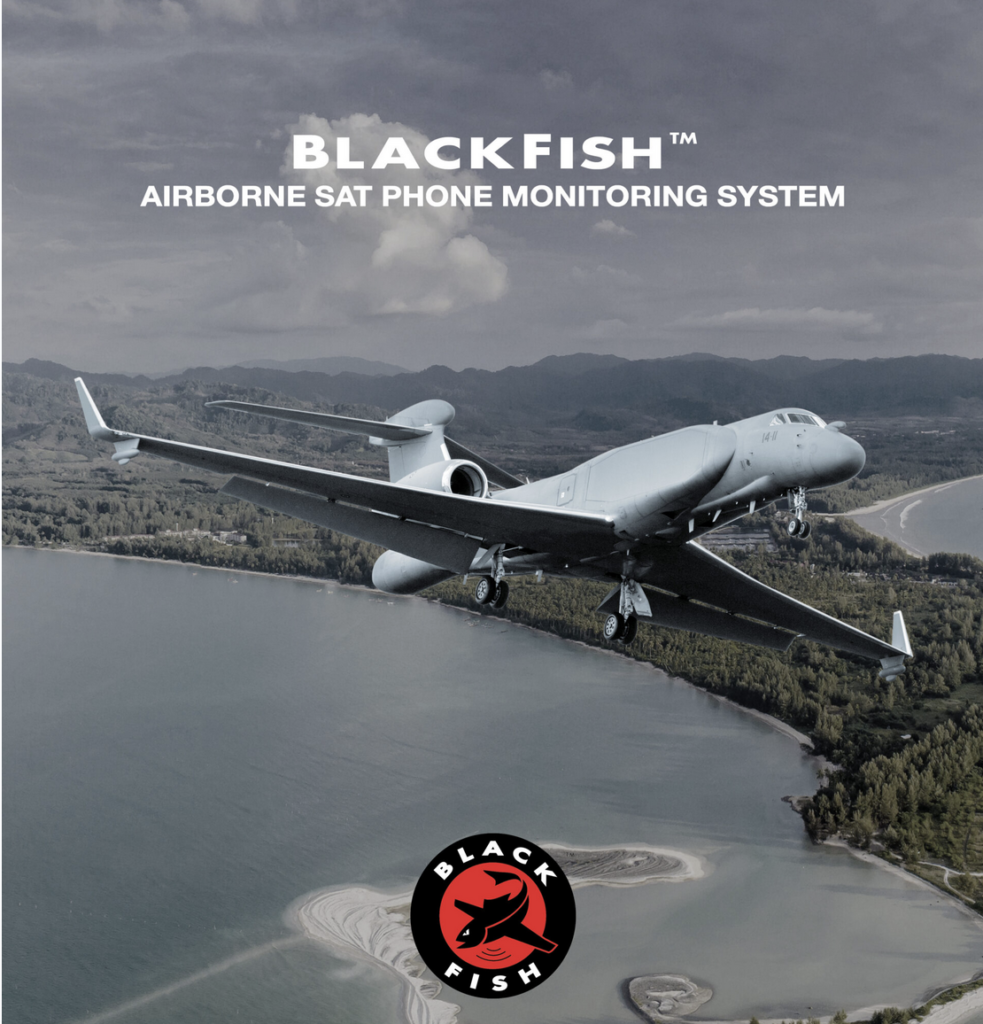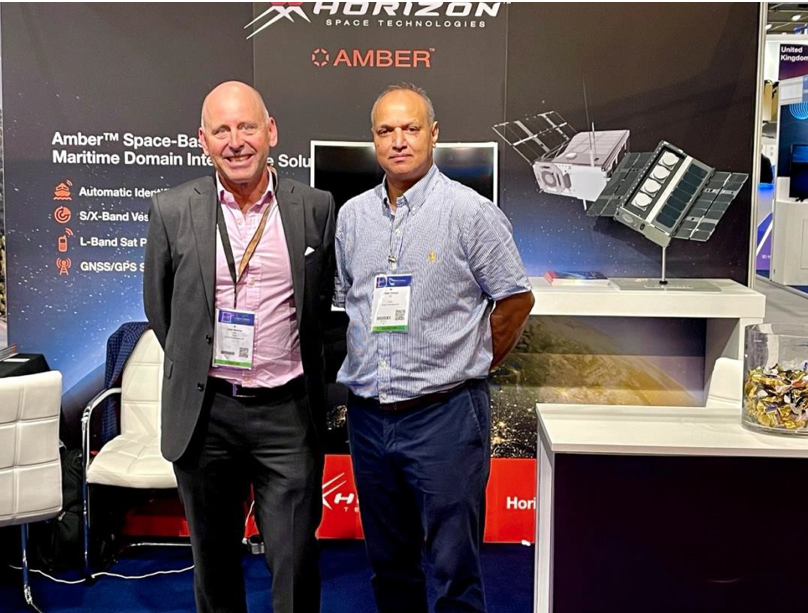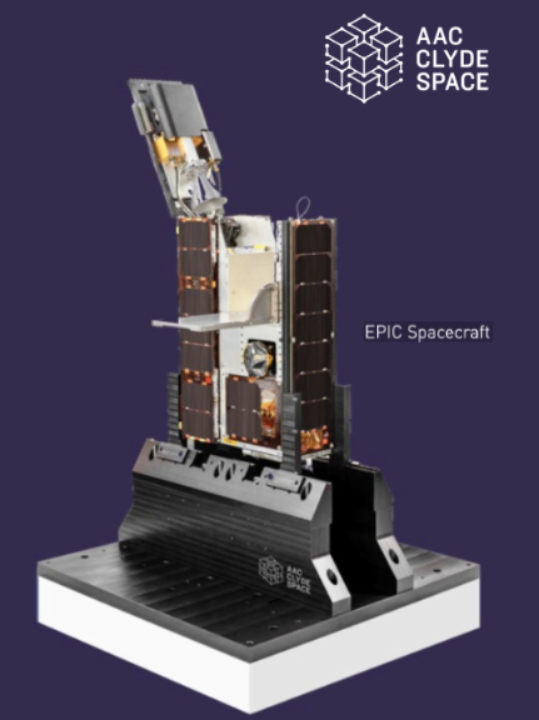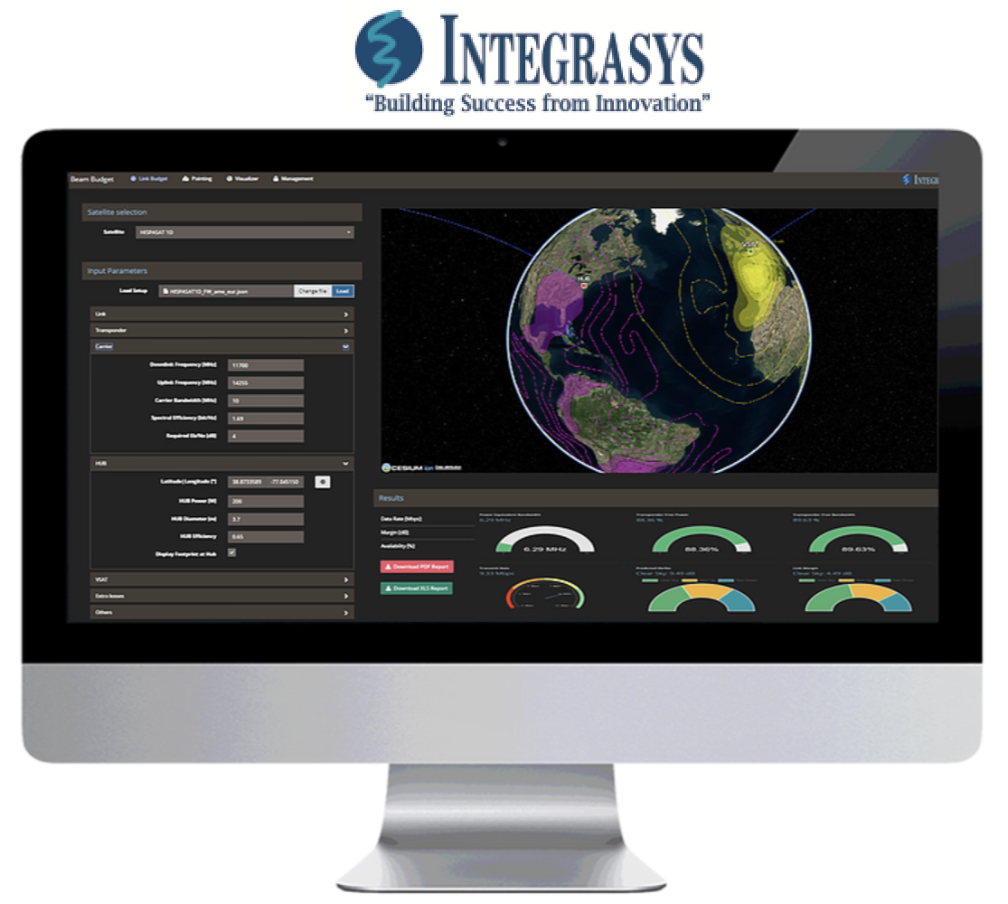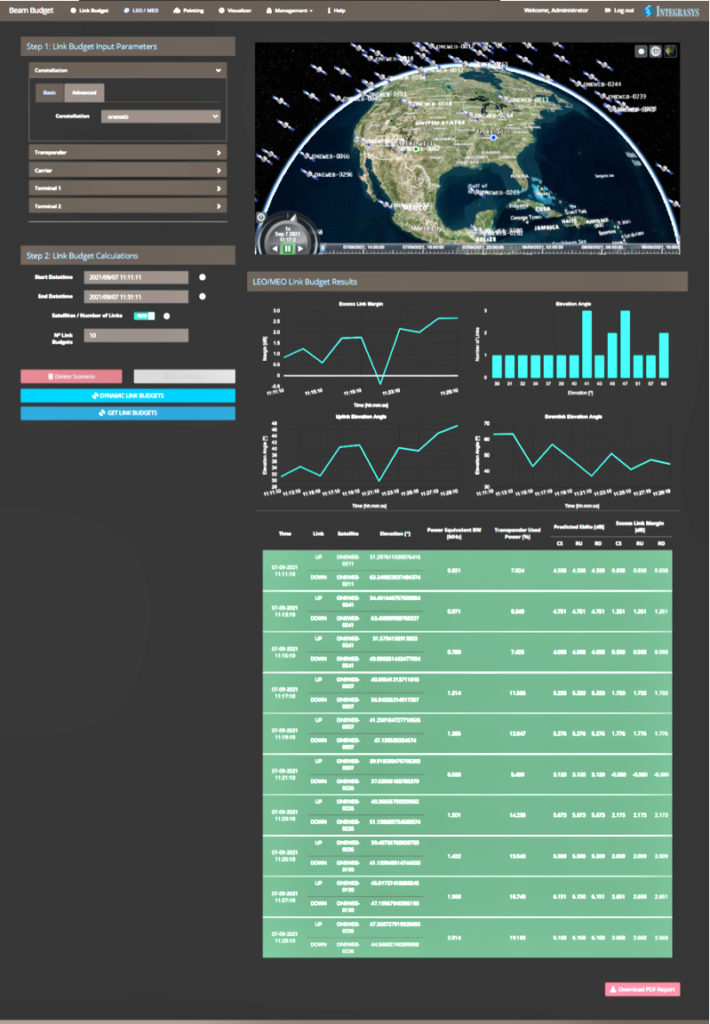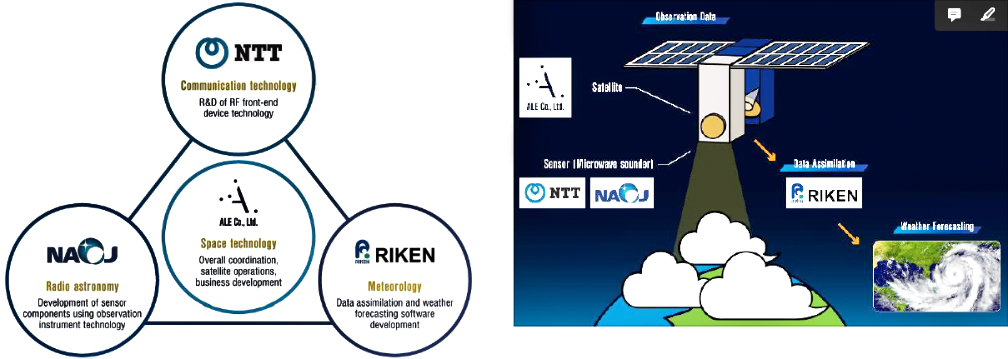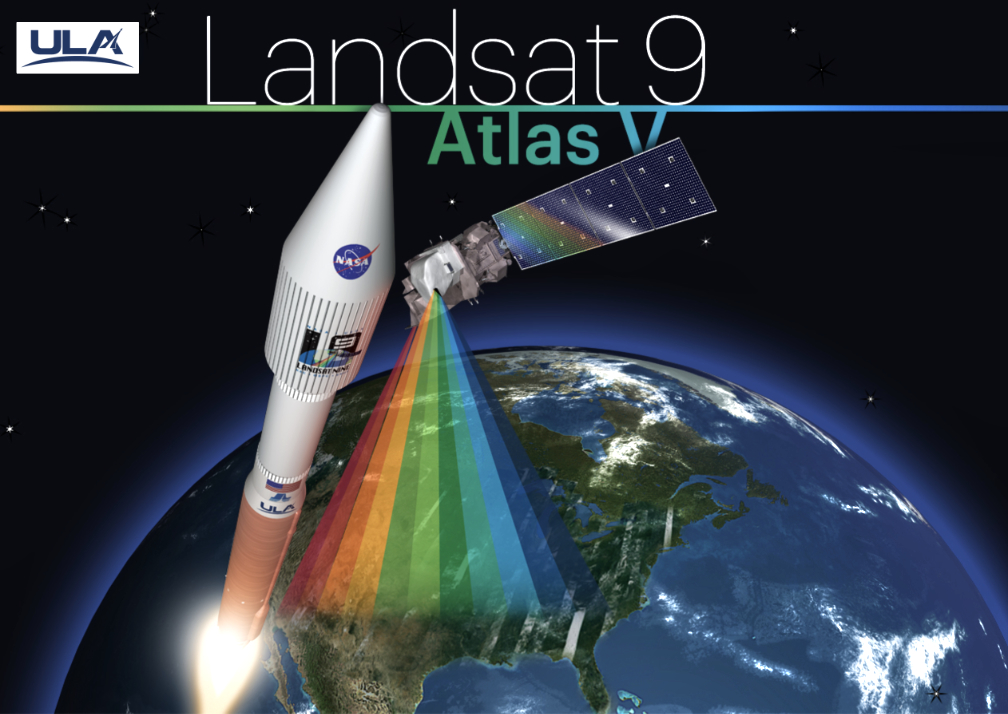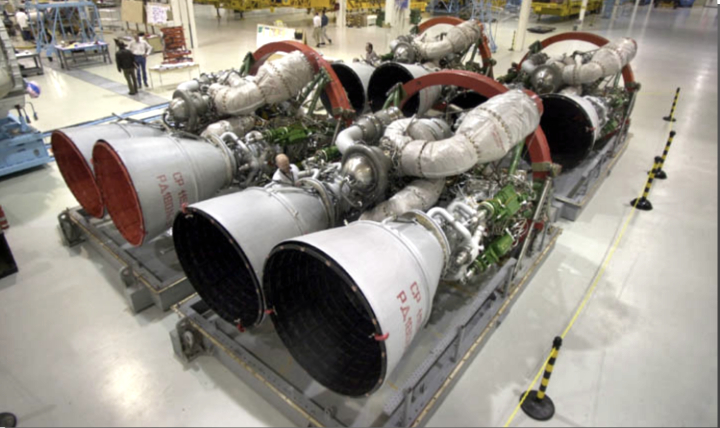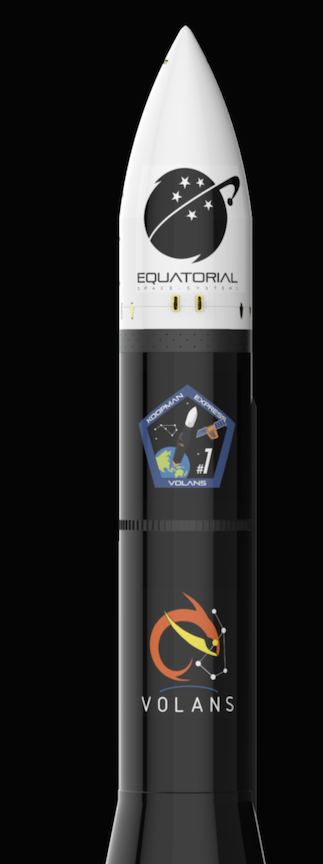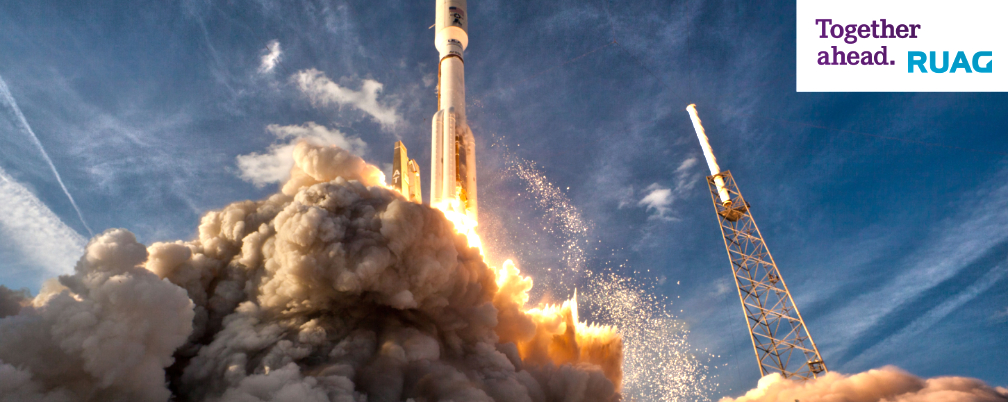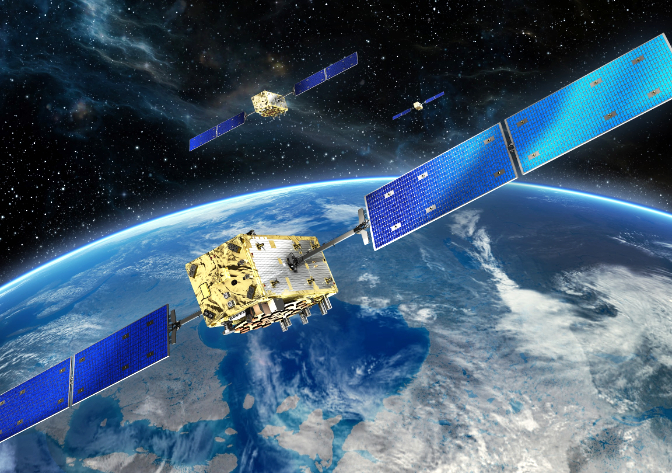

Terran Orbital, in partnership with Space Florida, joined with Florida Governor Ron DeSantis as he announced the company’s planned development of the world’s largest and most advanced “Industry 4.0” space vehicle manufacturing facility.
The facility will be constructed at the Launch and Landing Facility (LLF) on Merritt Island, Florida, and will consist of ten automated and augmented hangers capable of producing thousands of different types of space vehicles per year.
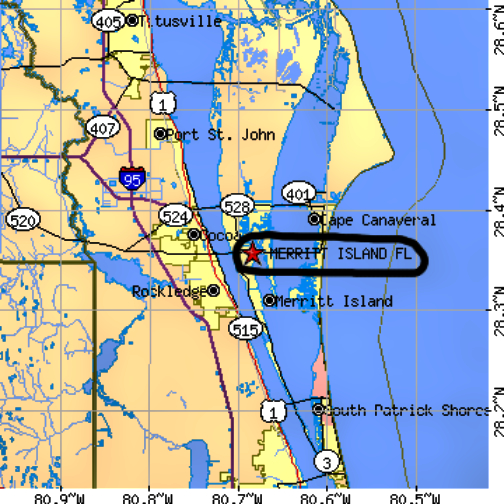
The 660,000 square foot facility will feature a campus-based, AI controlled supply chain and will feature 3D printing and additive manufacturing technologies to permit rapid space vehicle delivery to market, as well as capabilities to produce and fabricate the highest quality, technologically advanced, printed circuit board assembly with extensive electronic storage vaults. In addition, the facility will use augmented and assisted workforce product lines to produce a vast array of complex electronic and mechanical devices.
“I am excited to announce that Terran Orbital will be investing $300 million in the Space Coast to build the largest satellite manufacturing facility in the world,” said Governor DeSantis. “Satellite manufacturing is and will continue to be an important part of the economy in the Space Coast, and with this announcement we are upping the ante. In Florida we are going to continue to take the lead on space by investing in infrastructure, training highly skilled workers and maintaining an economic climate that allows companies like Terran Orbital to thrive. I congratulate them on a great decision to come to Florida.”
“We are pleased to partner with Space Florida to build a facility that we view as a national asset: a commercially funded contribution to our nation’s space industrial base,” said Marc Bell, co-founder and chief executive officer of Terran Orbital. “Not only will we be able to expand our production capabilities to meet the growing demand for our products, but we will also bring valuable space vehicle manufacturing opportunities and capabilities to the State of Florida, investing over $300 million in new construction and equipment. By the end of 2025, we’re going to create approximately 2,100 new jobs with an average wage of $84,000.”
“Space Florida congratulates Terran Orbital on its selection of Florida and our Launch and Landing Facility at the Kennedy Space Center (KSC) for a new satellite manufacturing complex,” said Space Florida President and CEO Frank DiBello. “This announcement is yet another milestone in Florida’s leadership in space commerce, offering state-of-the-art development, including launch-on-demand and satellite-on-demand capability at the spaceport. We look forward to Terran’s Orbital’s success in the years to come and the continued activity and growth in Florida.”

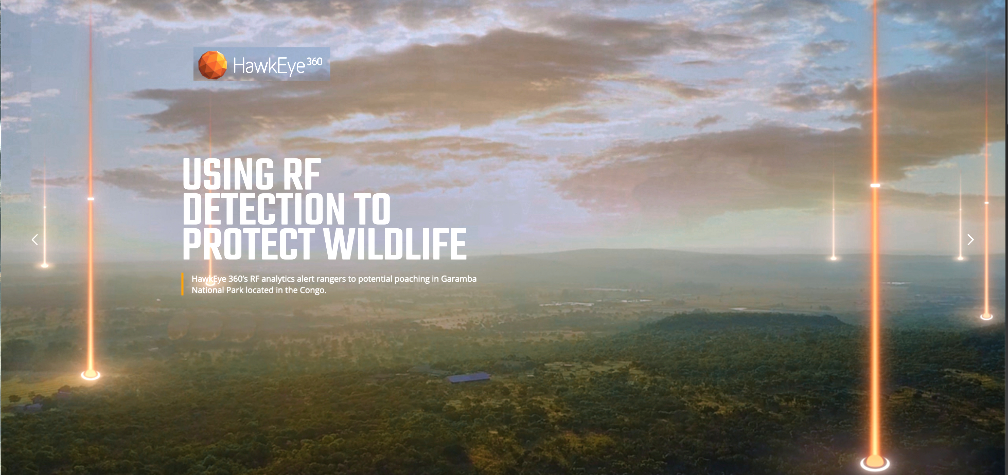
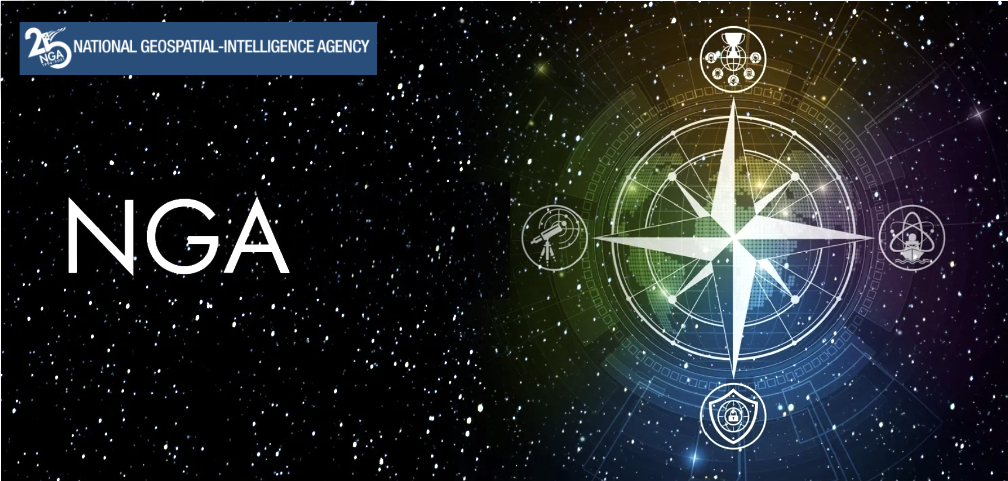
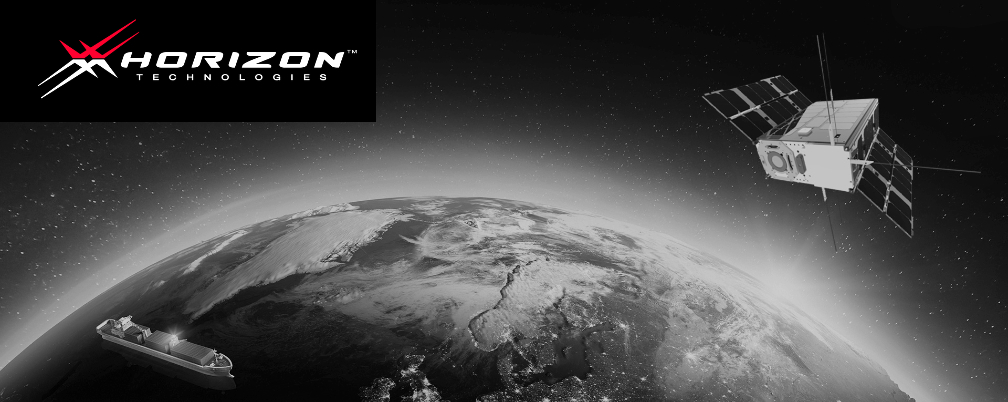
 airborne SIGINT systems to a European prime contractor for a Southern European government end-user. The systems will be operated on manned ISR fixed-wing aircraft to support NATO and EU missions in the Mediterranean Sea and Northern Africa.
airborne SIGINT systems to a European prime contractor for a Southern European government end-user. The systems will be operated on manned ISR fixed-wing aircraft to support NATO and EU missions in the Mediterranean Sea and Northern Africa.